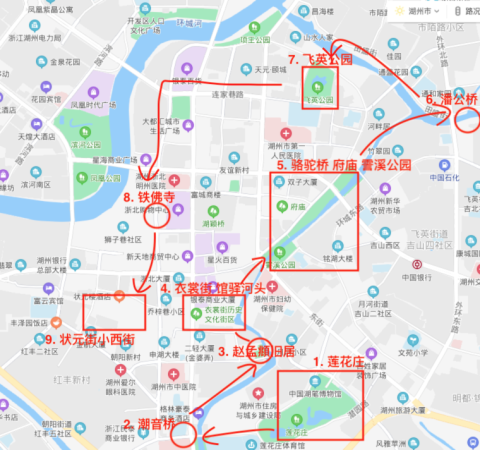
Huzhou has been built for more than 2,300 years. Since the Spring and Autumn Period and the Warring States Period, Huang Xie, the Chun Shen Army of the Chu State, established Jiancheng County. Qin Shihuang established Wucheng County, which was changed to Wuxing County during the Three Kingdoms period. It was officially named Huzhou in the Sui Dynasty, and was renamed Jie Town in the Tang Dynasty. In the Song Dynasty, a Anjizhou returned to Huzhou Road in the Yuan Dynasty, and was called Huzhou Prefecture in the Ming Dynasty, and it has been used ever since. Famous literary and artistic young people who served as local officials in Huzhou include: Wang Xizhi, Xie An, Wang Xianzhi, Yan Zhenqing, Du Mu, and Su Shi. They left many famous gossip quotes. Later, when he inspected Anji in that position, he said the classic Sentence: The mountains and rivers are the gold and silver. With so many auras, Huzhou is really low-key. The Liyuan Ancient City area in the urban area of Huzhou has a long history, no tourists, and a leisurely life everywhere... Today I roll up my sleeves and praise it.
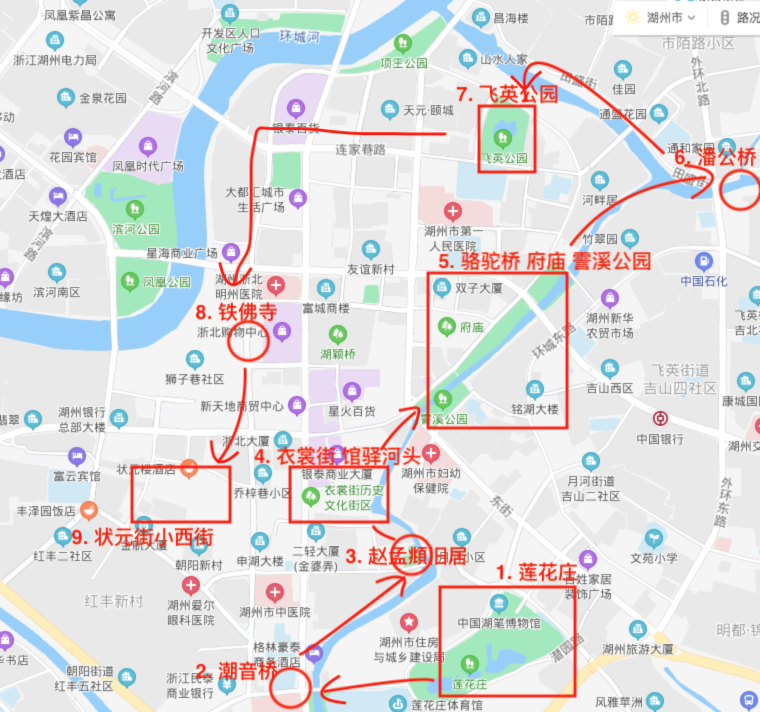
A day of rampage
Lotus Manor Qianyuan Hubi Museum
The Hubi Museum is a small two-story building. Please search Baidu for the history of Hubi. I won’t go into details. I can only write but not calligraphy, so I just took a quick look at it. It turns out that the “wolf” in “Langhao Brush” is "It's a wolf of a weasel, not a wolf of a big bad wolf, but a wolf of a wolfdog. Suddenly, the memory of me deserting during calligraphy class with a wolf hair brush in my hand as a child is hard to describe.
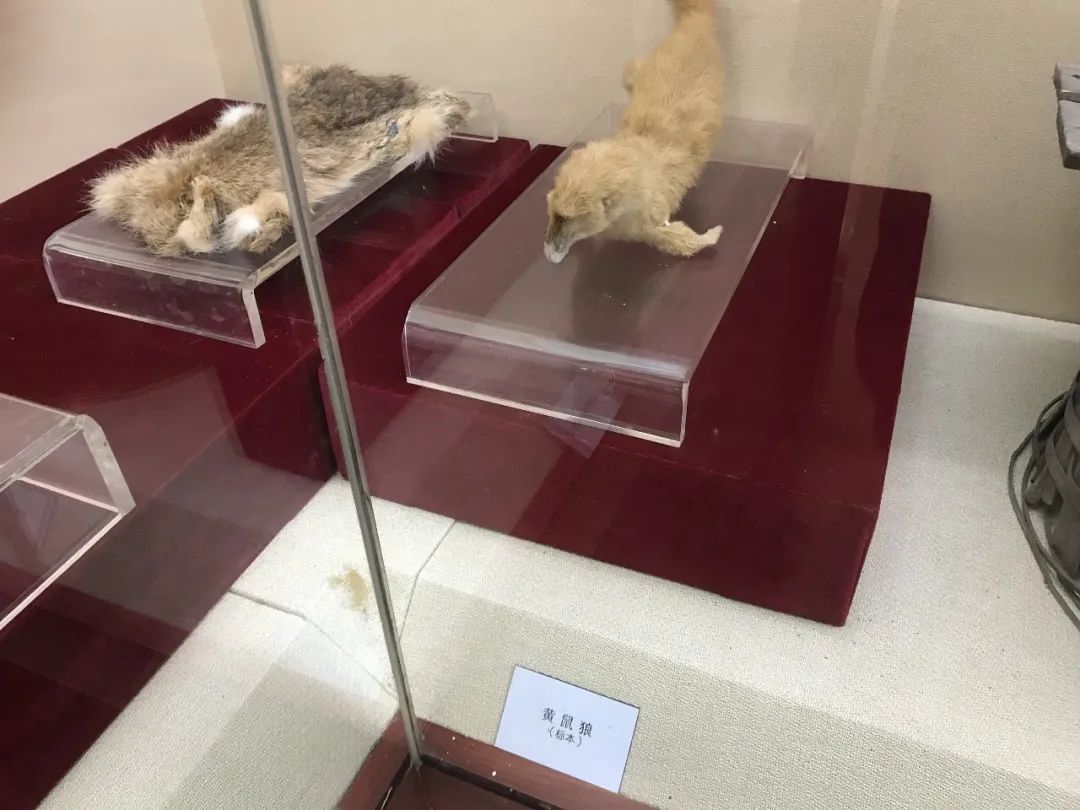
On the second floor, there are many...replicas of calligraphy works by famous people from ancient and modern times. Even so, it is a pleasure to look at the reproductions of Wang and his son, Mi Fu, Su Dongpo, Yan Zhenqing, and Zhao Mengfu. Among them, Zhao Mengfu's running script is my favorite. It is round and beautiful, with gentle flow at the turning points of the strokes, and the last stroke of each word seems to be broken continuously. , full of admiration.
Walk from the back door of Hubi Museum to the entrance of Qianyuan, which is also the entrance of Lotus Manor. Lianhua Villa was Zhao Mengfu's villa at that time. Xiaolianzhuang in Nanxun Ancient Town was named after admiring Zhao Mengfu's Lotus Villa. Qianyuan was built in the early years of Guangxu in the Qing Dynasty and was the private garden of bibliophile Lu Xinyuan. The two are adjacent. It is said that they are When Lotus Villa was renovated in the 1980s, the two buildings were combined into one. The meaning of the other courtyard, I thought, was always the place where the concubines lived. Well, you, Zhao Ziang, built such a big place...
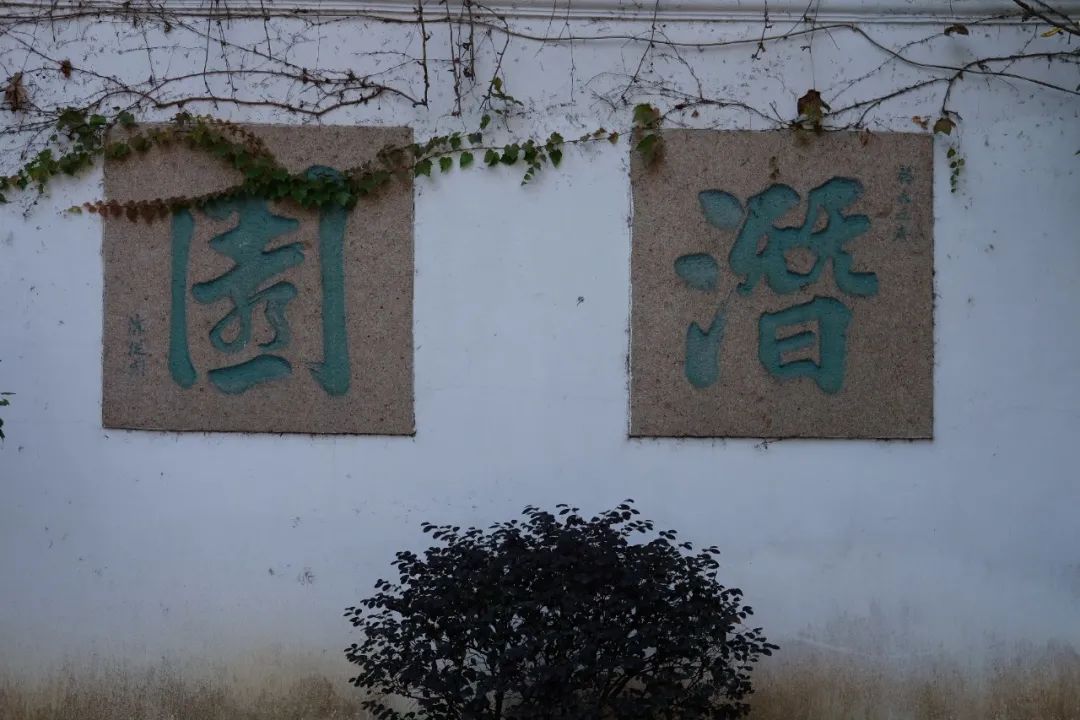
The word "Qianyuan" written by Chen Congzhou
The story of Lu Xinyuan, the owner of Qianyuan, is also worth telling.
Please Baidu yourself
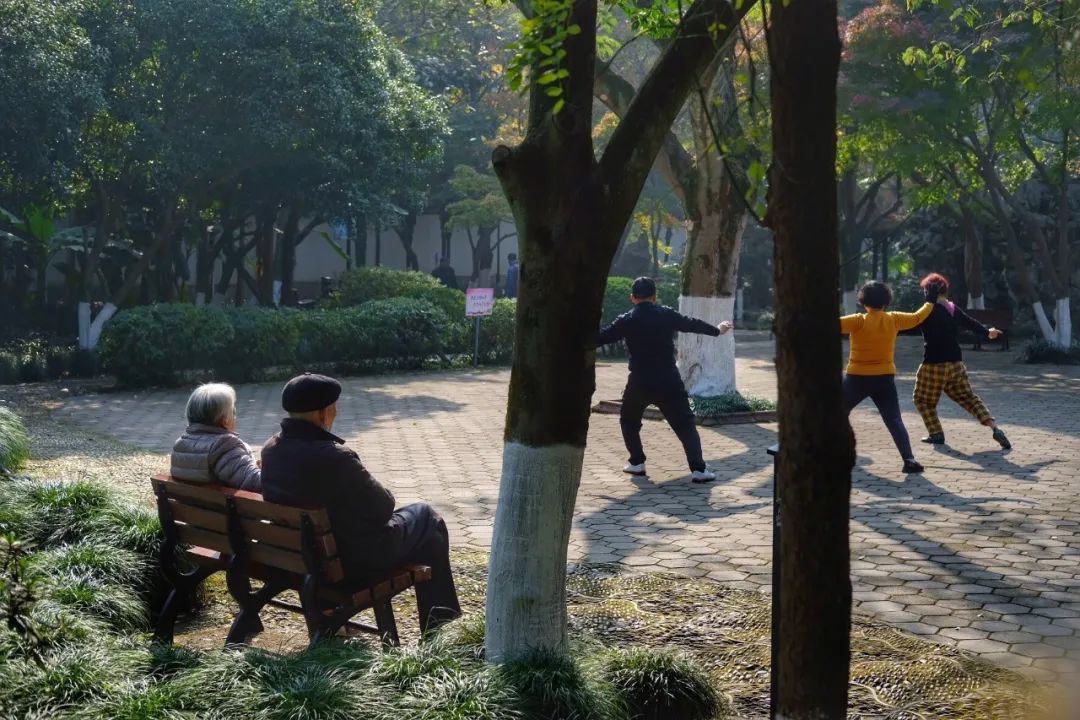
Holding the sparrow's tail left and right in the park
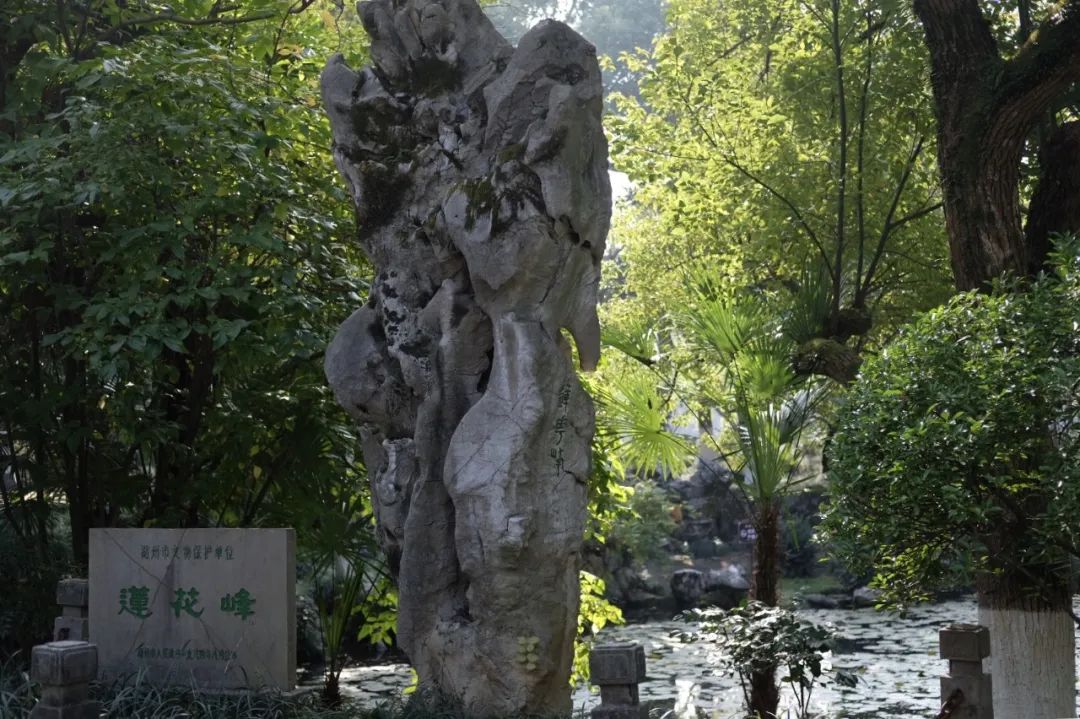
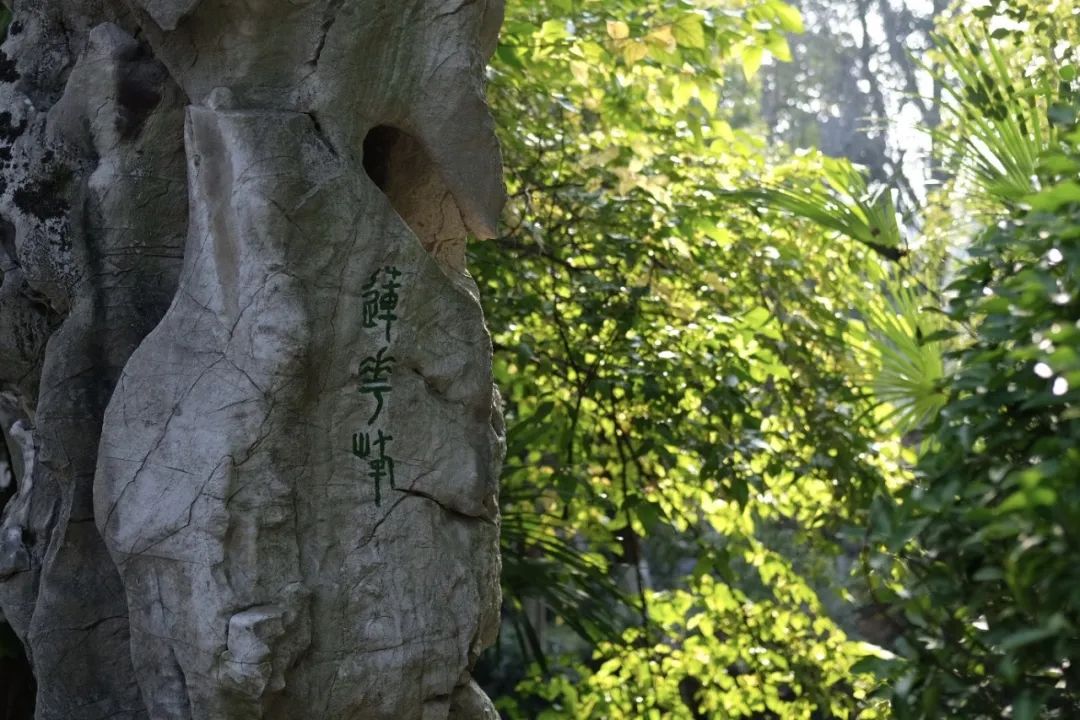
There is a huge rockery in Lotus Villa. The mountain is not high, but the area is very large.
There are five Taihu stones standing on the edge of the pool, one of which is "Lotus Peak"
There are three seal characters "Lotus Peak" engraved on it, which are said to be Zhao Mengfu's handwriting.
Please watch it yourself if you can get the beauty of Taihu Shimei...
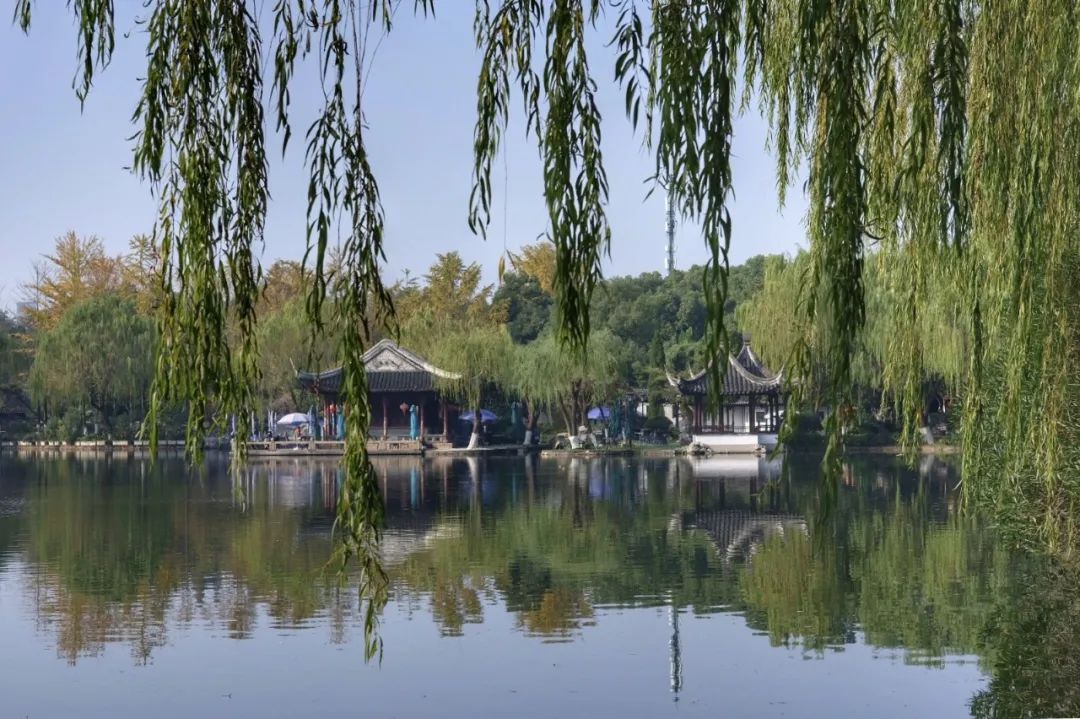
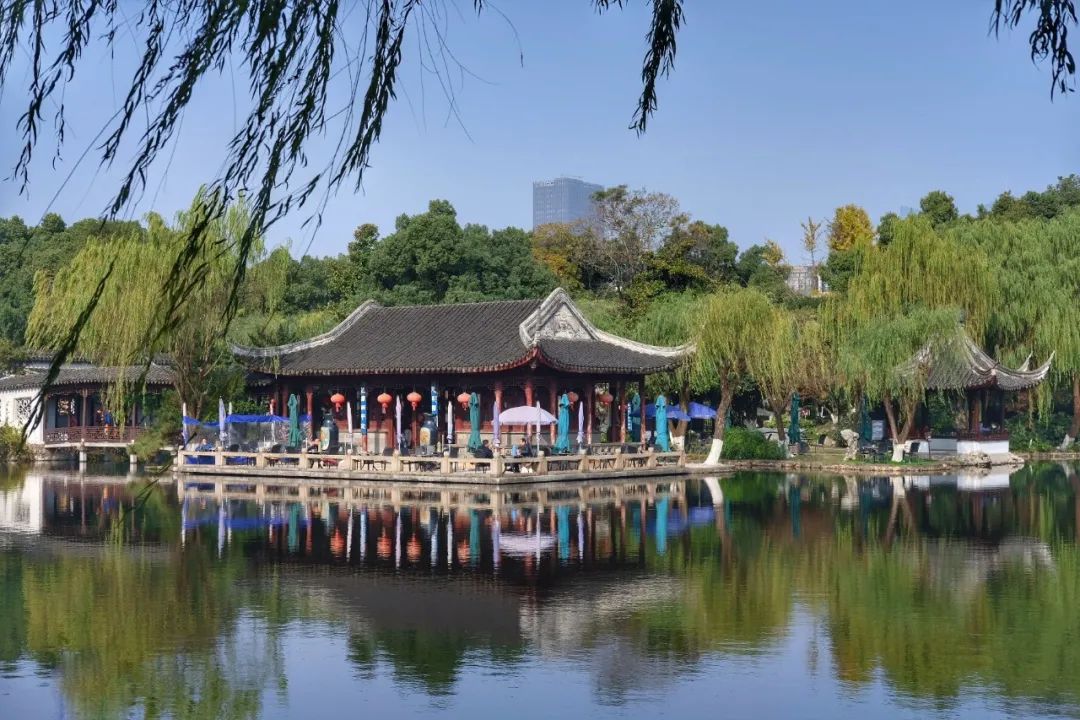
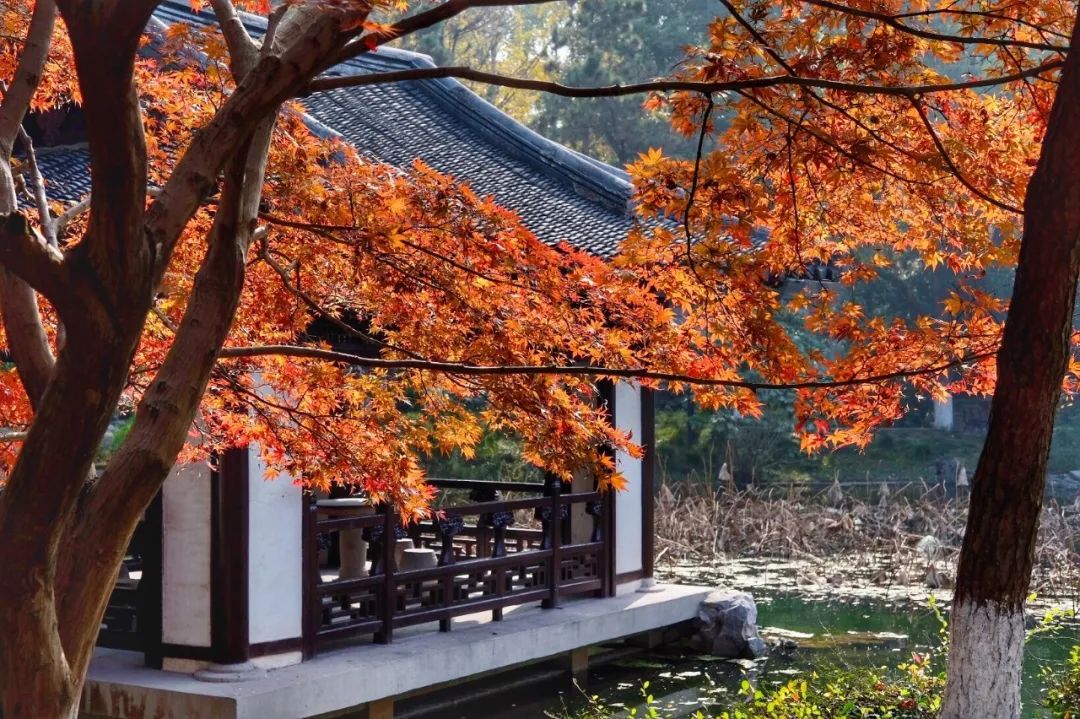
The predecessors once wrote a poem praising Lotus Villa:
"The green of Zhouzhu lingers, and the hibiscus blooms.
The road passes outside the flowers, and the mountains come to the willows. "
The lotus flowers and green mountains are gone, but the sound of singing is heard
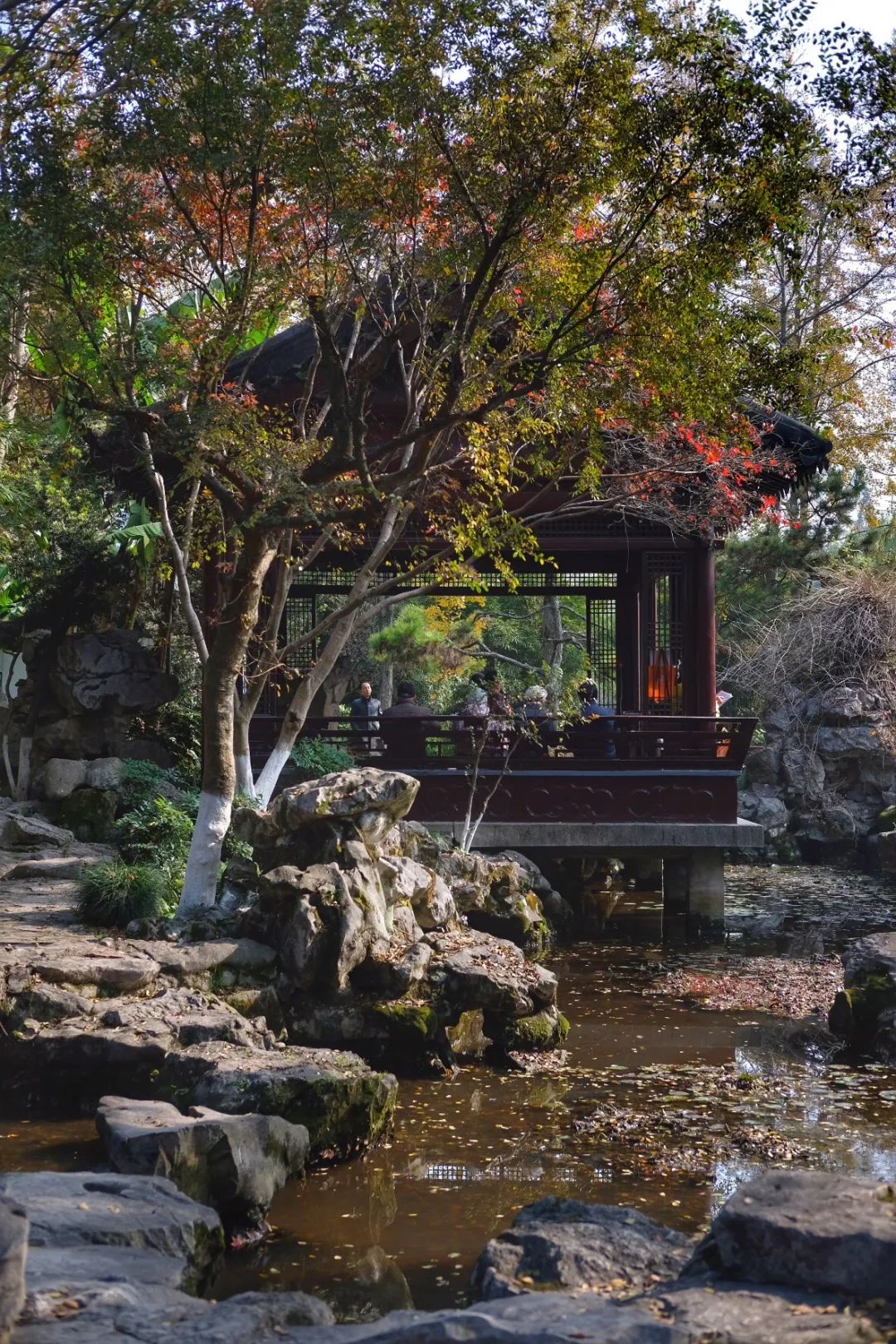
The picture above is where Zhao Mengfu wrote.
The old people are so unhappy in the KTV.
The singer sings as passionately as cursive script, and the listener trembles as if hearing official script.
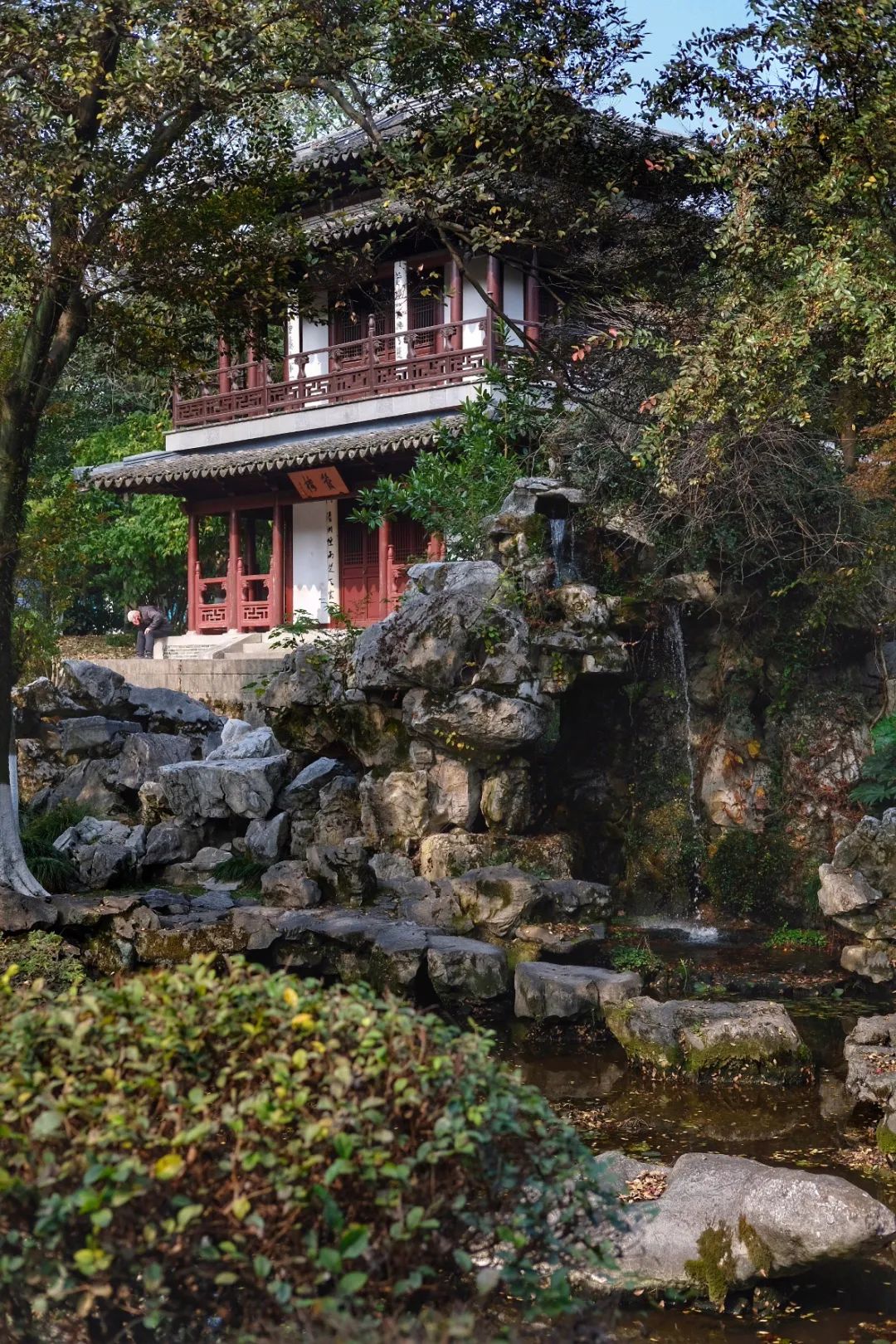
Turning around, we saw the place where Zhao Mengfu’s wife Guangsheng was writing and painting.
Hmm, it seems I misunderstood "other courtyard"

Chaoyinqiao
Come out of the west gate and walk a few hundred meters west along Lianhuazhuang Road. After passing the Lianhuazhuang Gymnasium that looks like it was in the 1990s, you will arrive at Chaoyin Bridge. Huzhou City has three characteristics: "bridge in the bridge, temple in the temple, and tower tower" , the bridge within the bridge refers to the Chaoyin Bridge. Chaoyin Bridge was built in the 18th year of Jiajing reign of Ming Dynasty (1539). It is a three-hole stone arch bridge.
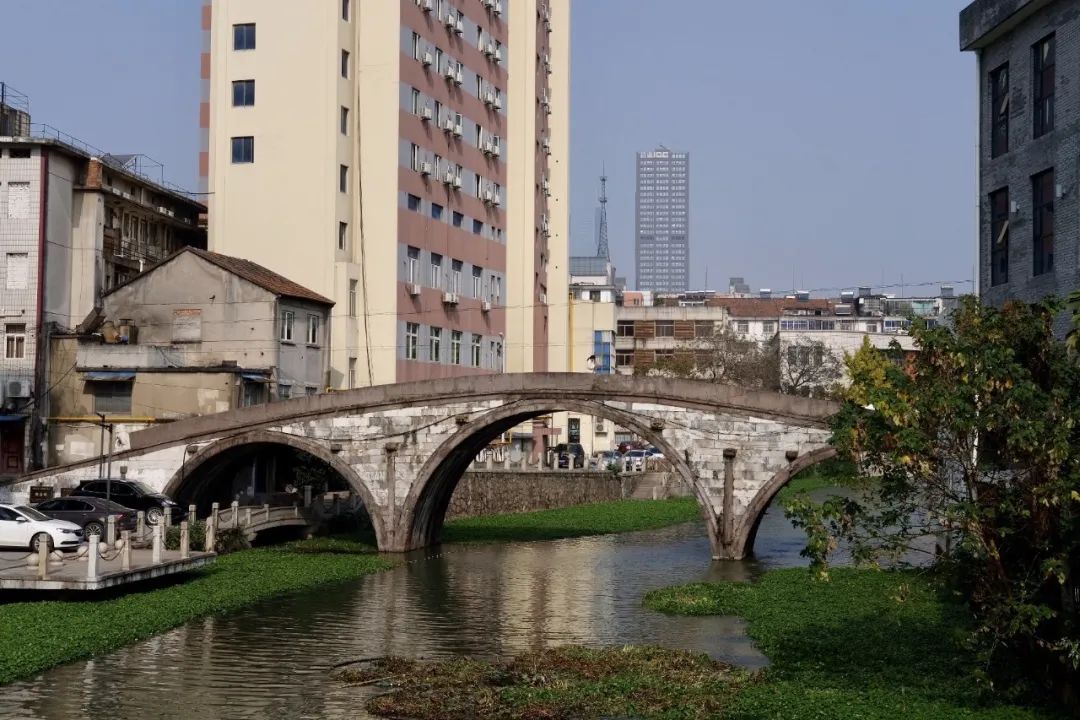
As for why Qiao Liqiao, I think Du Niang is also contradicting herself.
There is indeed a small bridge under the bridge opening on the left, which seems to be man-made later.
Otherwise, wouldn’t there have been “overpasses” since ancient times?
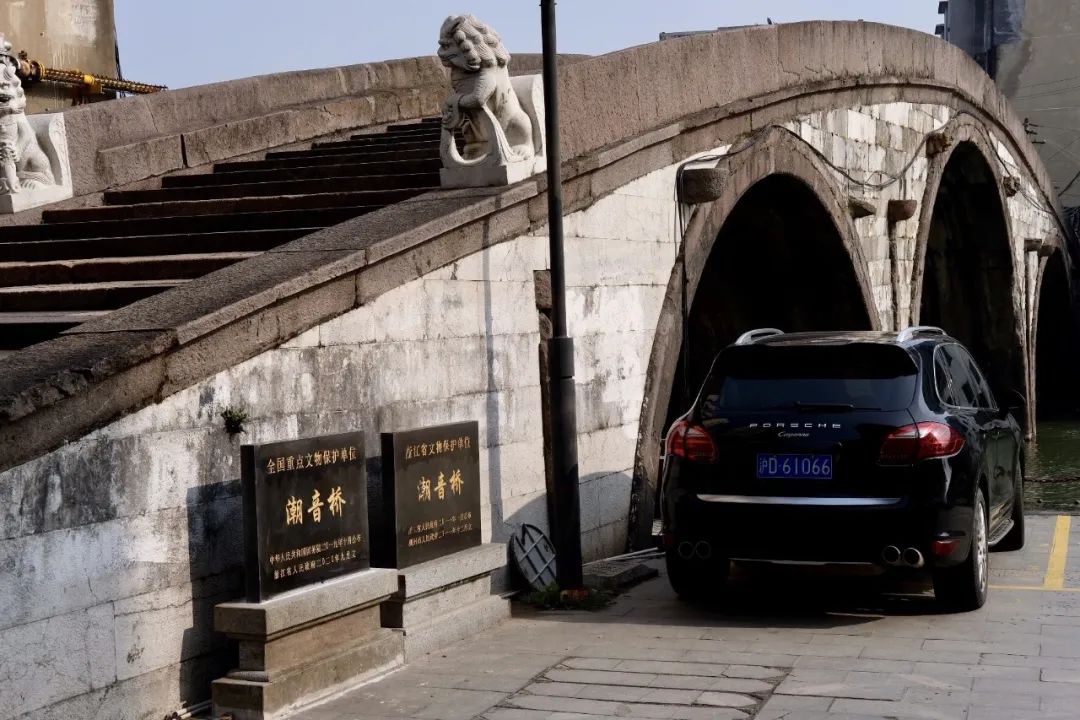
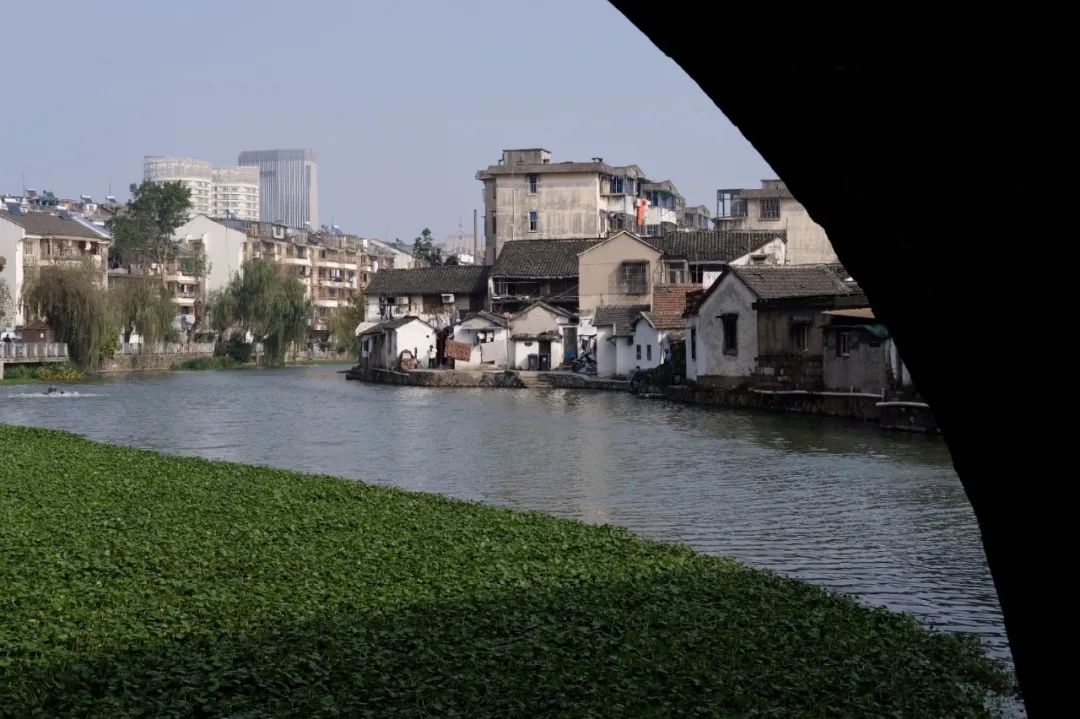
Cross the "overpass" in front of the luxury car
There are still old houses on the other side that have not been demolished
Walking north along the river, you will soon arrive at the former residence of Zhao Mengfu

Zhao Mengfu's former residence
Zhao Mengfu was the eleventh grandson of Song Taizu. His ancestors settled in Huzhou when the Song Dynasty moved south. Therefore, Zhao Mengfu came out of Huzhou. He served as an official for ten years and came back to live in seclusion by Gantang Bridge. I looked at the map and this is indeed the Gantang Bridge community. Maybe You can still find Gantang Bridge nearby. Unfortunately, the former residence is not open on Monday.

Very new
However, the worst thing about the original work is that it should be moved to the Zhejiang Provincial Museum.
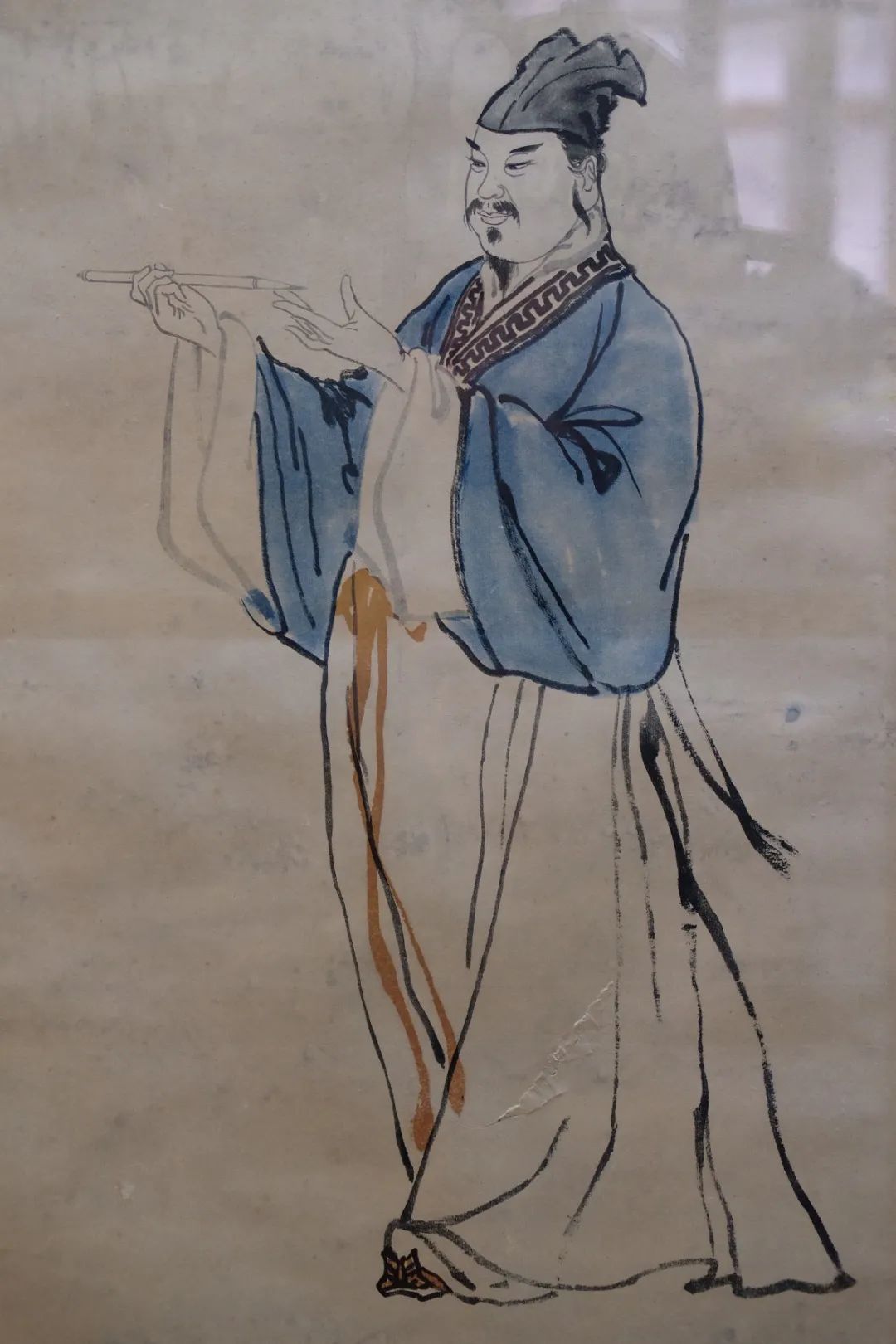
There is a picture painted by someone (forgot) in the Qing Dynasty in the Hubi Museum
I think the statue of Zhao Mengfu is quite... cute and kind.
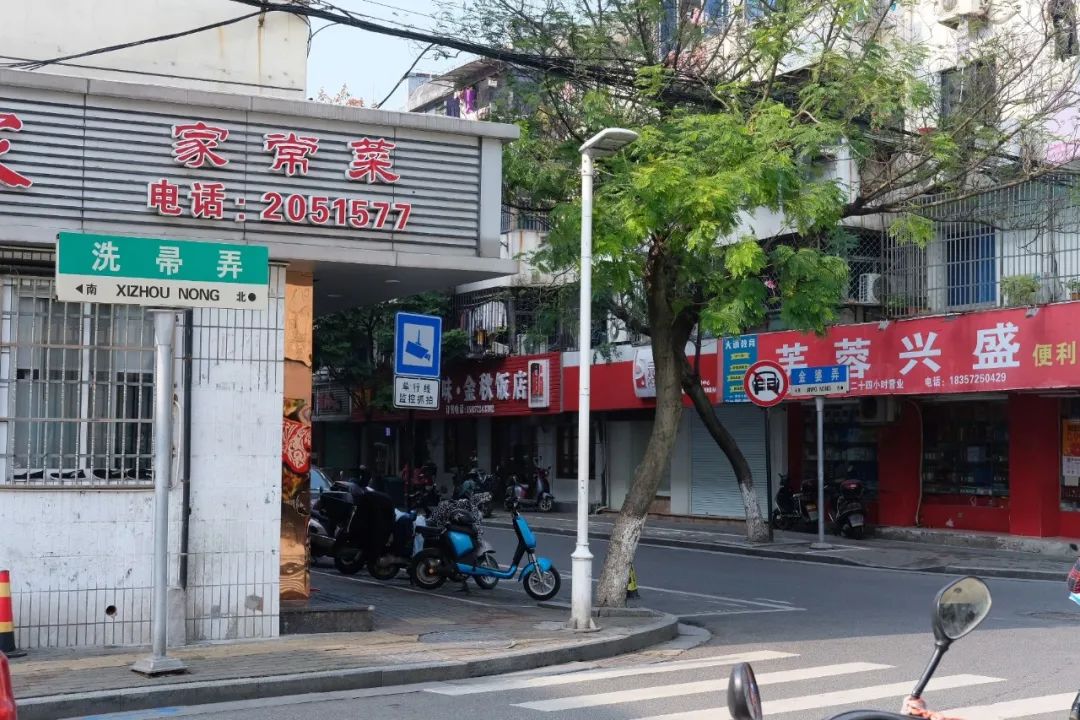
The old city has a long history, and the street names have a strong sense of time travel.
Washing brooms by the river, Jin Po has a legend about Jin Po meeting a Taoist priest.
Although the buildings have been demolished, the texture of the old city remains

Yishang Street Guanyi Lane
Walking north from Washing Broom Lane, you will first pass the "Liang Jie" bridge, where three roads intersect. Standing on the bridge and looking around, there are bridges everywhere. After crossing the bridge, you first go to Guanyi Alley.
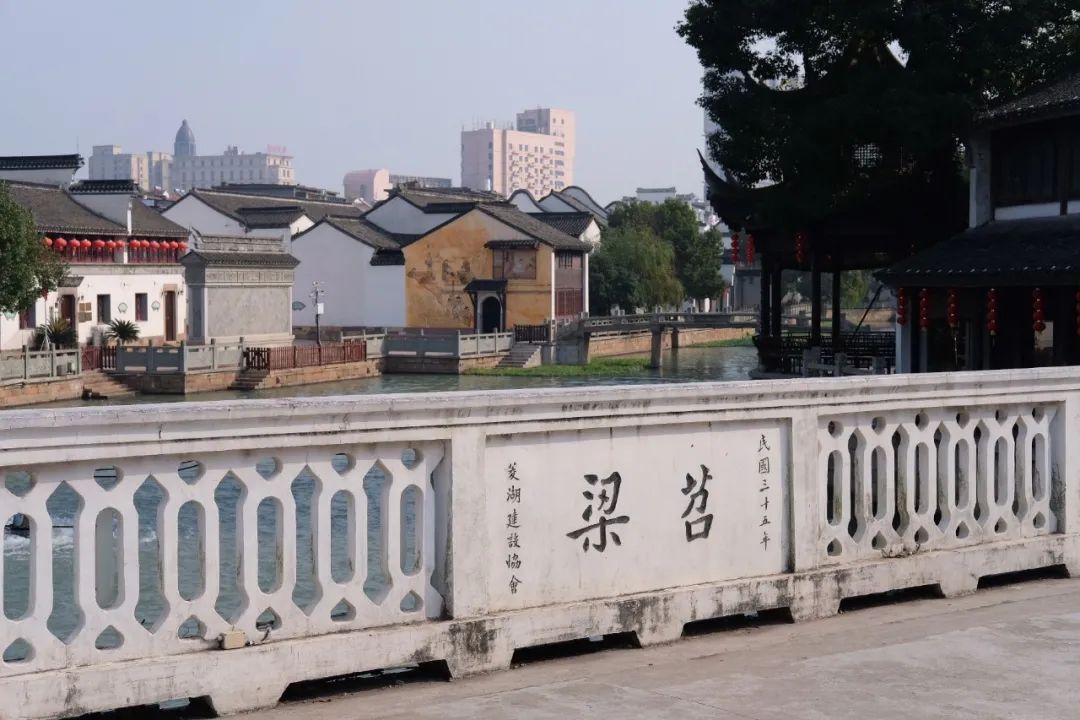
It turns out that this bridge is called Tiaoliang Bridge
As a result, I searched Liangtiao Bridge for a long time and found nothing.
Guanyi Lane runs along the river. It was formerly called Guanyi Hetou. It was a prosperous port in history and the starting point for Huzhou to the outside world. It mainly refers to the section of the river from Luotuo Bridge in the east to Tiaoliang Bridge in the west. , also known as the Feizha River, is named after the many pavilions and shops built along the river.

Standing on the Tiaoliang Bridge and looking at the Feixi River
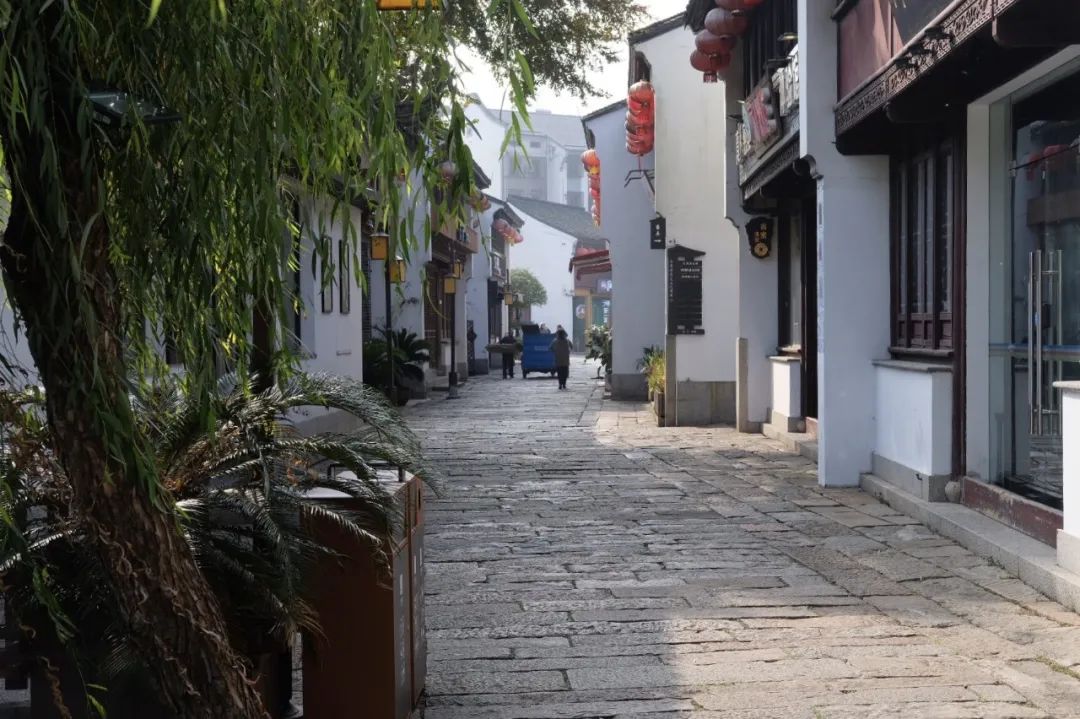
The stone road in Guanyi Lane
The book says, "Next to the Camel Bridge in Huzhou, there is a Guanyi River Head, which was the only place for officials in ancient times to pass when they arrived and left office. Next to it, there is a palace built by Du Mu in the Tang Dynasty when he was the governor, and he wrote the name of the hall Bilan Hall is the location of Huzhou Inn and has been a 'government guest house' for more than a thousand years." Su Dongpo went to Huzhou four times, disembarked here, and drank and met friends at Bilantang, respectively in 1072, 1074, 1079 (when he was transferred from Xuzhou to Huzhou prefecture at the age of 42 and the Wutai Poetry Case occurred) and 1091. During these 20 years, Idols drank wine, wrote poems, and chatted and laughed. In the seventh year of Xining, there were six people drinking together. In the sixth year of Yuanyou, six people met in Huzhou. Although they were all six people, things changed and people changed. Except for Su Dongpo himself, the other five people in Xining's seven-year wine bureau have all left Hexi. Su Dongpo wrote a poem "Ding Feng Bo", which is known as "Latter Six Guest Ci" in history:
The full moon illuminates the night hall over the Tiao River, with five stars and one old star shining brightly. What happened in the real dream for fifteen years? Chang Geng looked desolate at the moon.
The green-haired and pale-faced people were drunk together, and still, the six of them were singing and laughing at the water cloud village. Who is the best eloquent guest and host? Look, Cao Liujin is facing two Su Zhang.
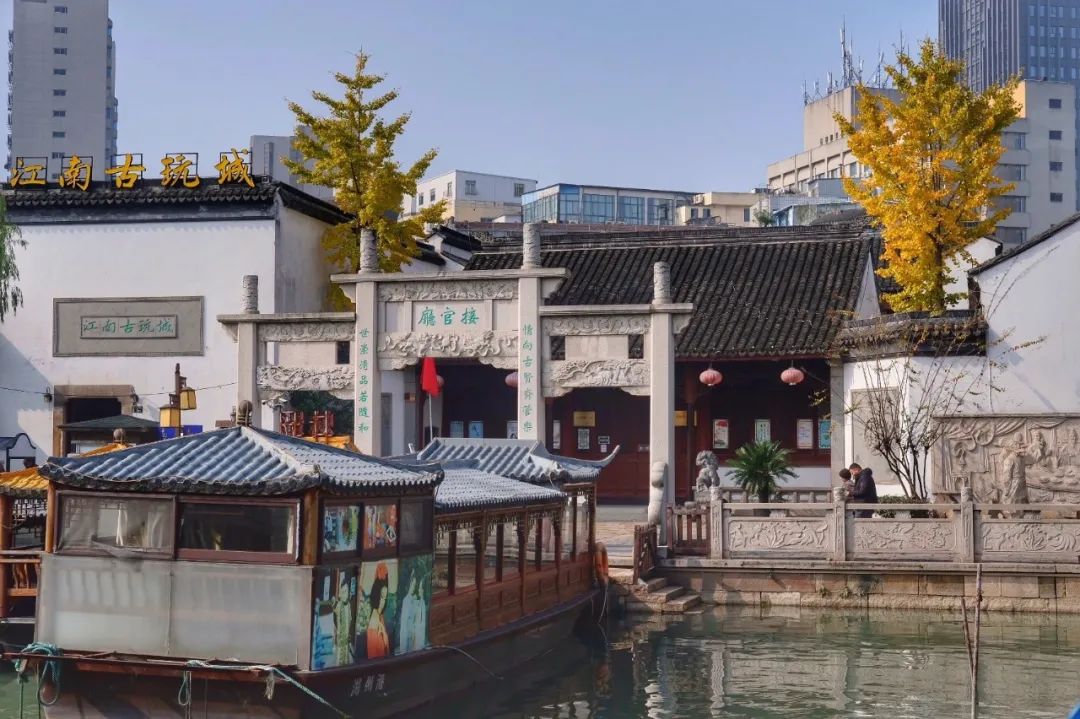
Su Dongpo! take my car
I have the word "talented woman" engraved on my Yu Yuan Yuan's neck, which I have not seen in a thousand years.
There is no Bilan Hall marked on the map, and I couldn't find it even after searching online. Baidu Encyclopedia says that in the ninth year of Dali of the Tang Dynasty, Yan Zhenqing built the Feixi Pavilion. Later, Du Mu renamed it Bilan Tang. The building behind the archway connected to the official hall in the picture above is called Feixi Pavilion today. , is now a historical exhibition hall. Is this where it is? Unfortunately, it's not open on Mondays, so I can only make assumptions.
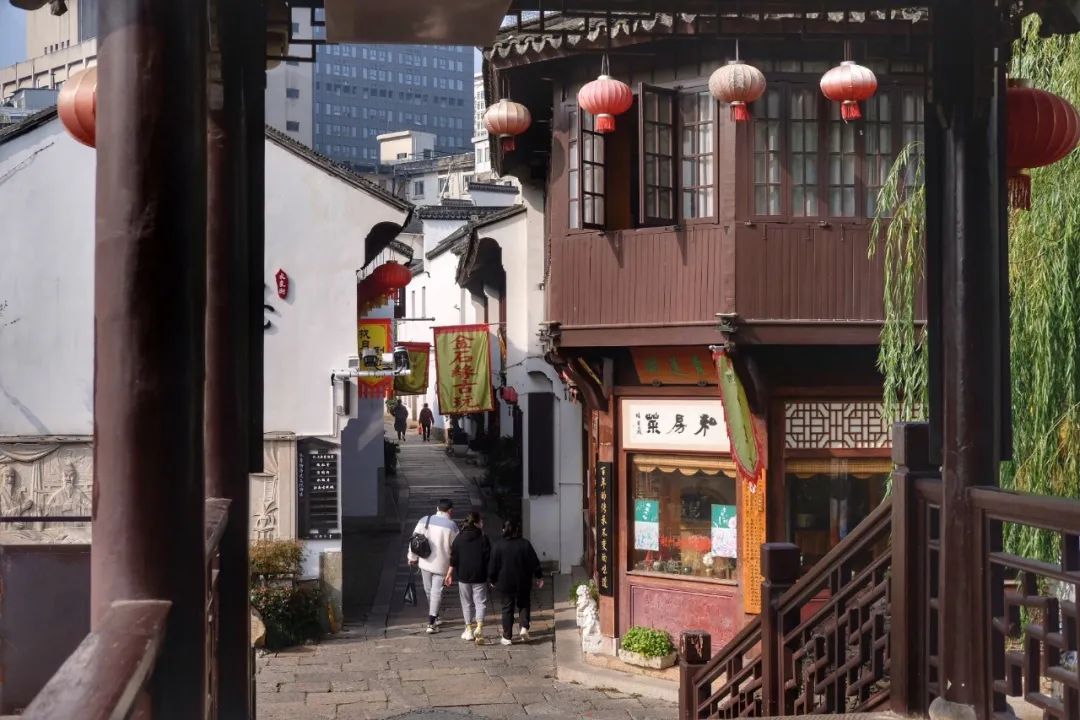
Standing on Qinglian Bridge, you can see that these alleys lead to Yishang Street.
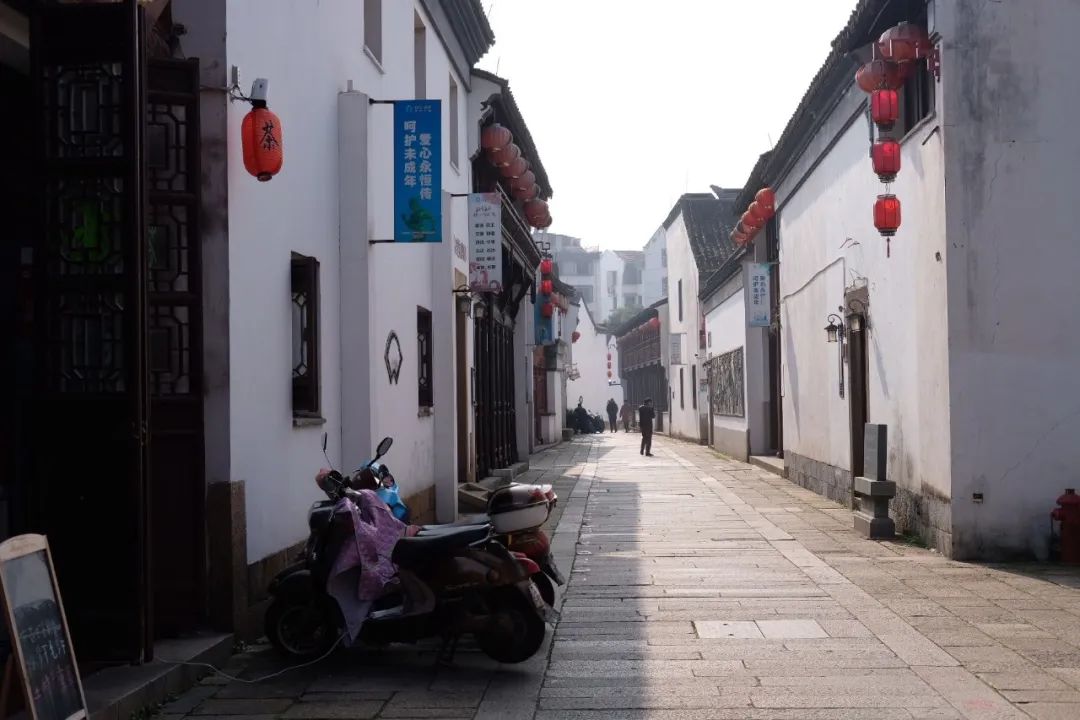
Cross the bridge to the east bank of Feixi River, where there is an old street called Hongmenguanqian
It was the examination room for children taking exams in seven counties of Hu County during the Ming and Qing Dynasties.
All the hall doors are made of vermilion lacquer, so it is commonly known as "Red Gate Hall"
But it doesn’t seem to be popular, and I don’t remember seeing the red door.
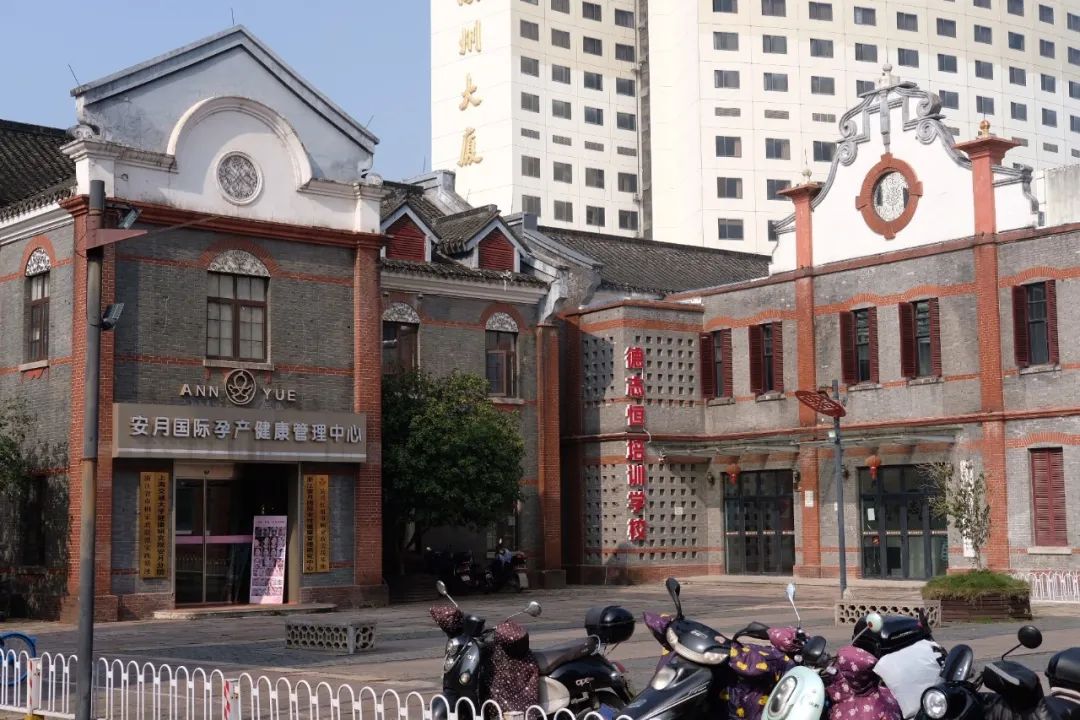
There are also several old buildings in the Republic of China style.
I haven't found any specific story, it might just be a forgery.
In addition, No. 22-32 Jinguanyi Hetou is the former site of Xie'an's former residence in the Eastern Jin Dynasty. Xie'an's former residence is located all over the world. There are also thirteen narrow and deep alleys from the river leading directly to Clothes Street. The Yishang Street Historic District should be regarded as the most famous scenic spot in Huzhou, including the Guanyi River Head and Hongmen Guanqian mentioned above.
Officials and wealthy businessmen from Jin Dynasty, Northern and Southern Dynasties, and Tang Dynasty built hotels and stayed here. By the Song Dynasty, a neighborhood was formed. During the Ming and Qing Dynasties, it was already the main commercial neighborhood in Lake City. It was named "Clothes Street" because there were many clothing appraisal shops on the street.
Yishang Street is actually very short, with a few alleys that are very narrow and quite exquisite. Although all the old streets in China are similar, the old streets in Jiangnan are even longer. There are no tourists in Yishang Street, and Huzhou people come to visit it by themselves. Quite special.
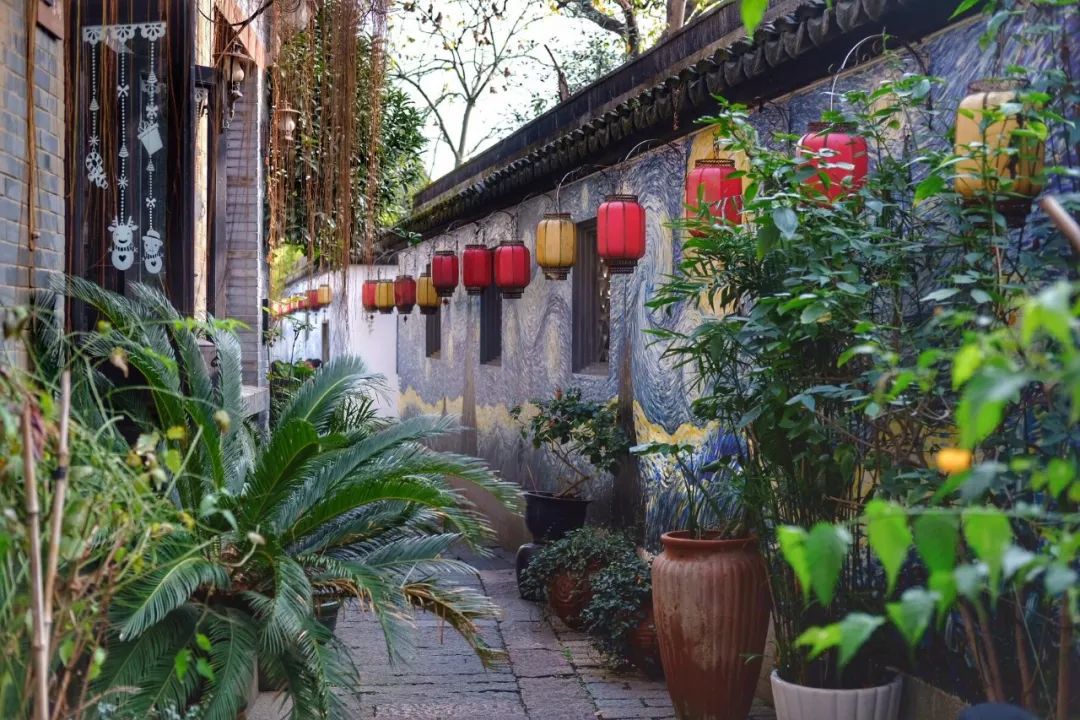
The alley leading from Guanyi Lane to Yishang Street
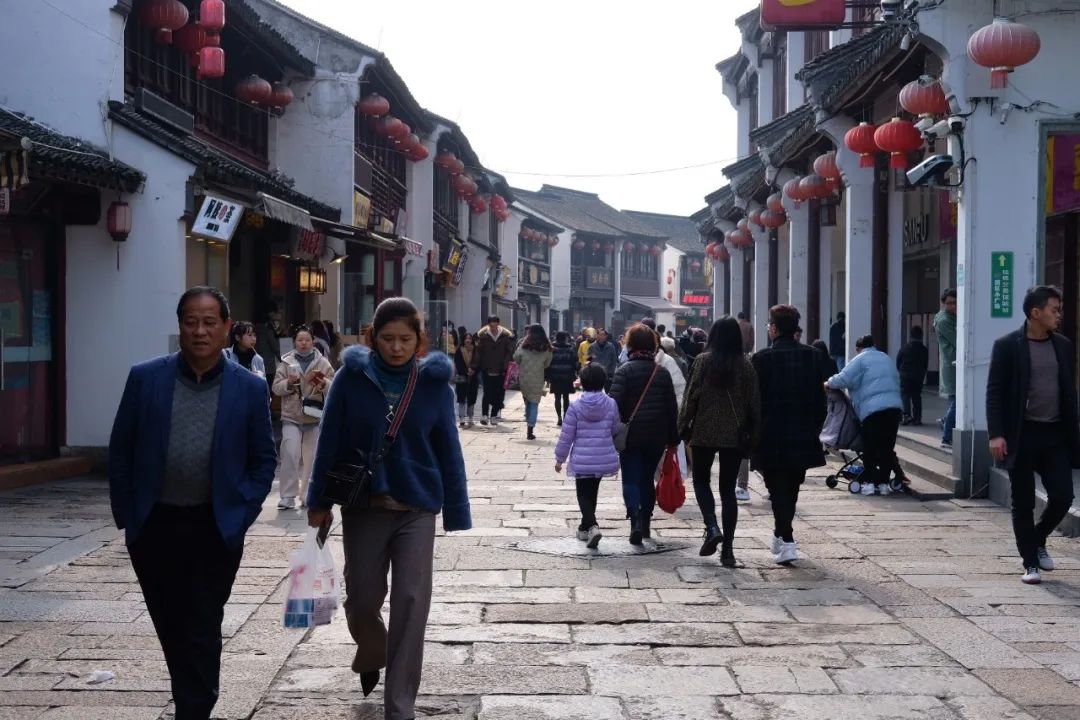
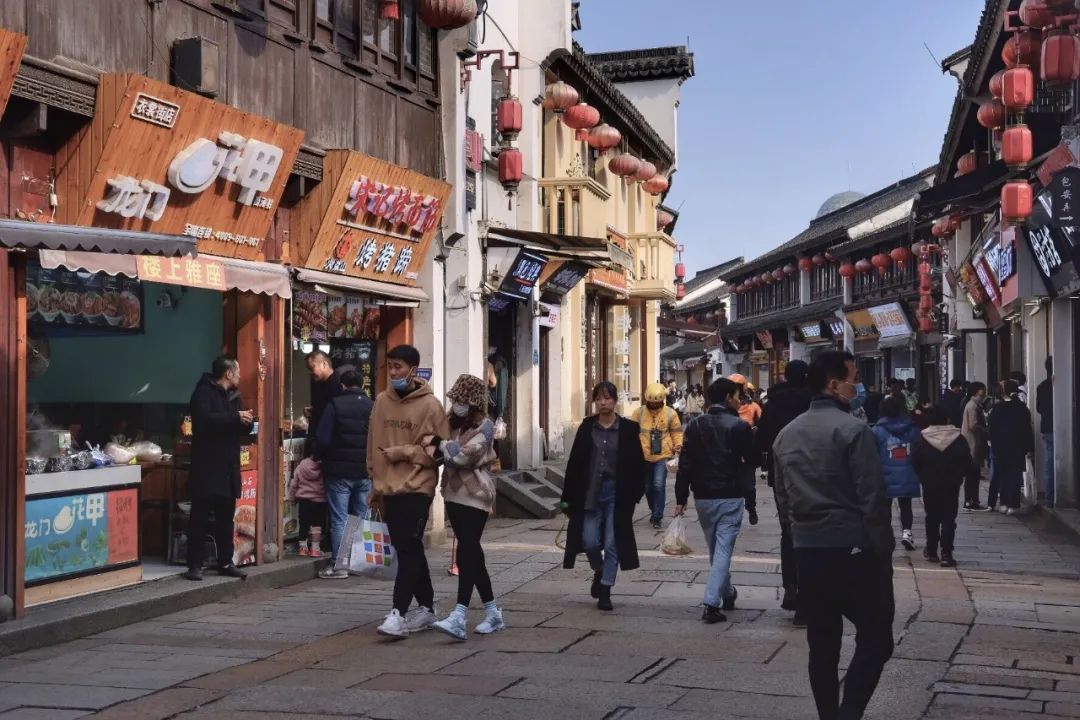
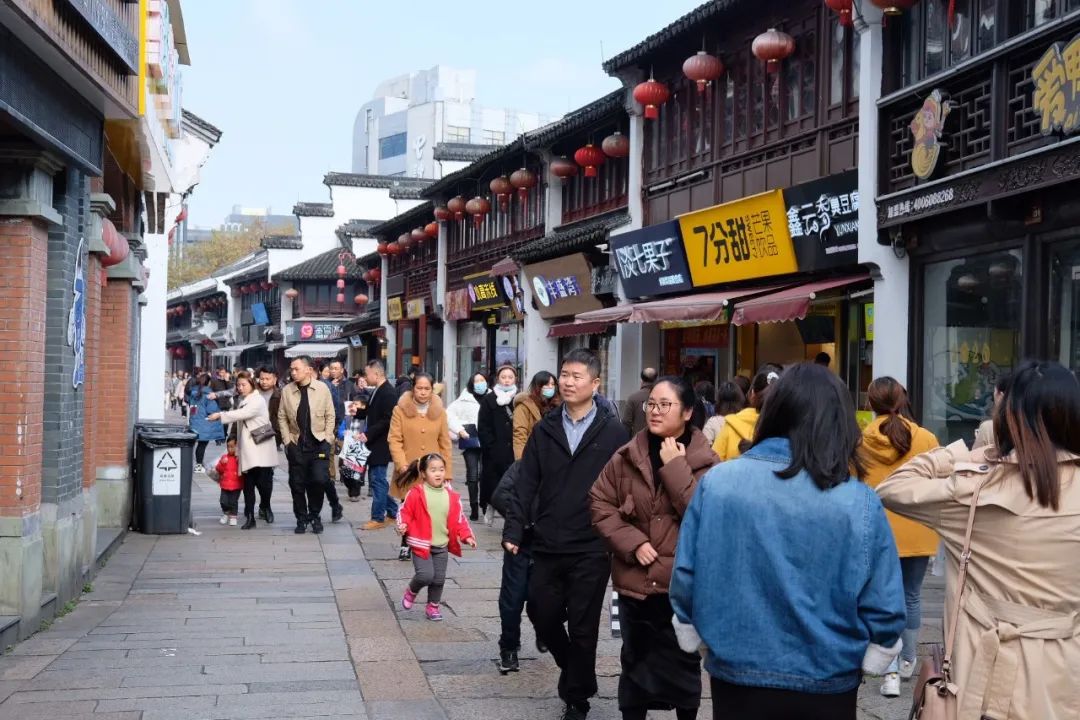
Yishang Street Main Street
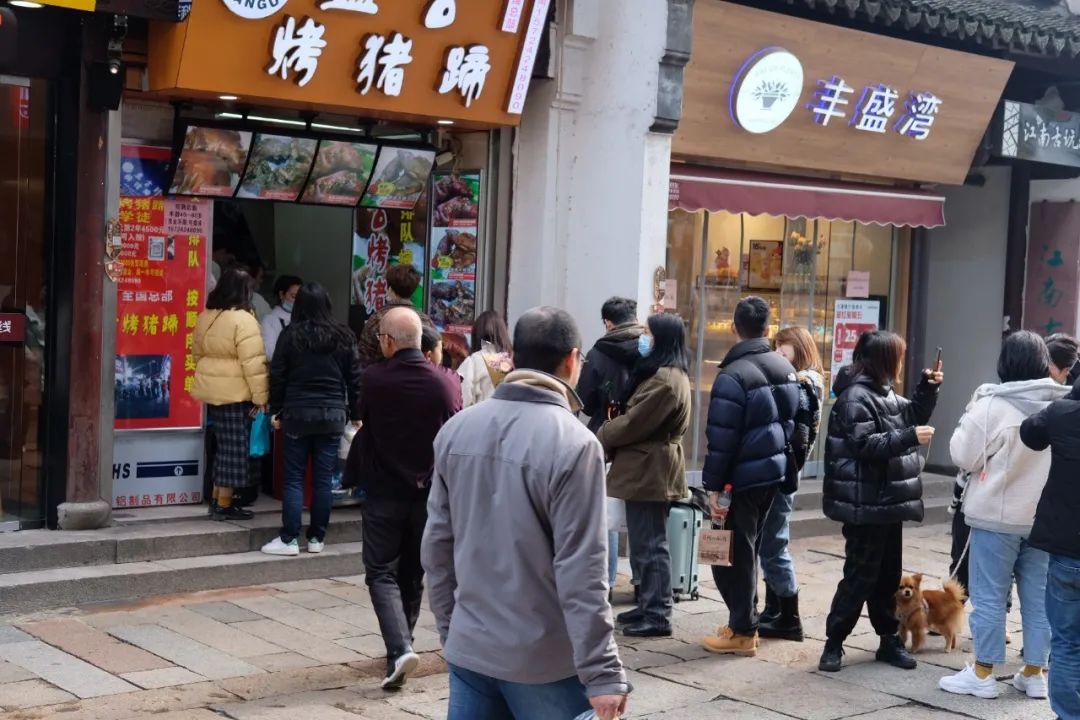
How delicious are these pig's trotters?
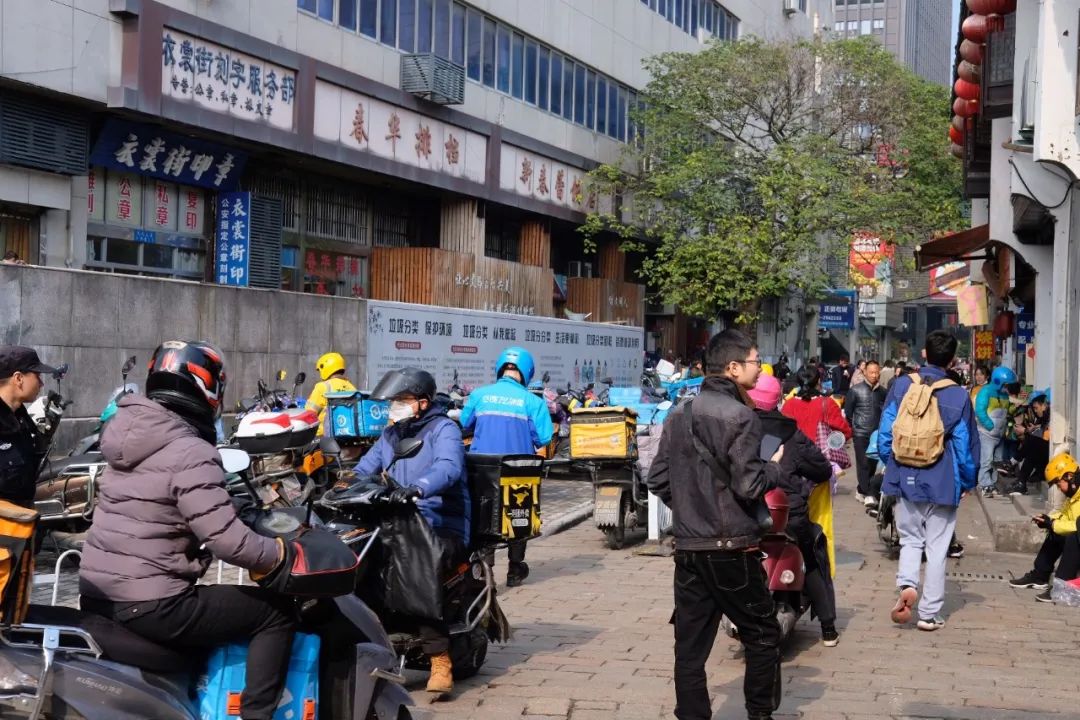
I think a hundred years from now
The delivery guy in a hurry is definitely a sign of a prosperous market.
Maybe future generations will erect a few statues to them
Just like today we see those sculptures of antique vendors
Yishang Street goes north past Hongqi Street, which is Zhicheng Road. The book says that in the first year of the Second Qin Dynasty (209 BC), Chen Sheng and Wu Guang revolted, and Xiang Yu's uncle and nephew also raised troops to rebel against Qin, and stationed troops at Bianshan, the main peak of Huzhou. The city was built at the confluence of the East and West Tiao Rivers, located in the area of Hecen Road and Zhicheng Road. This is the origin of today's Huzhou City.
That day, when I passed the old site where Xiang Yu built the city, I also saw a golden Overlord:
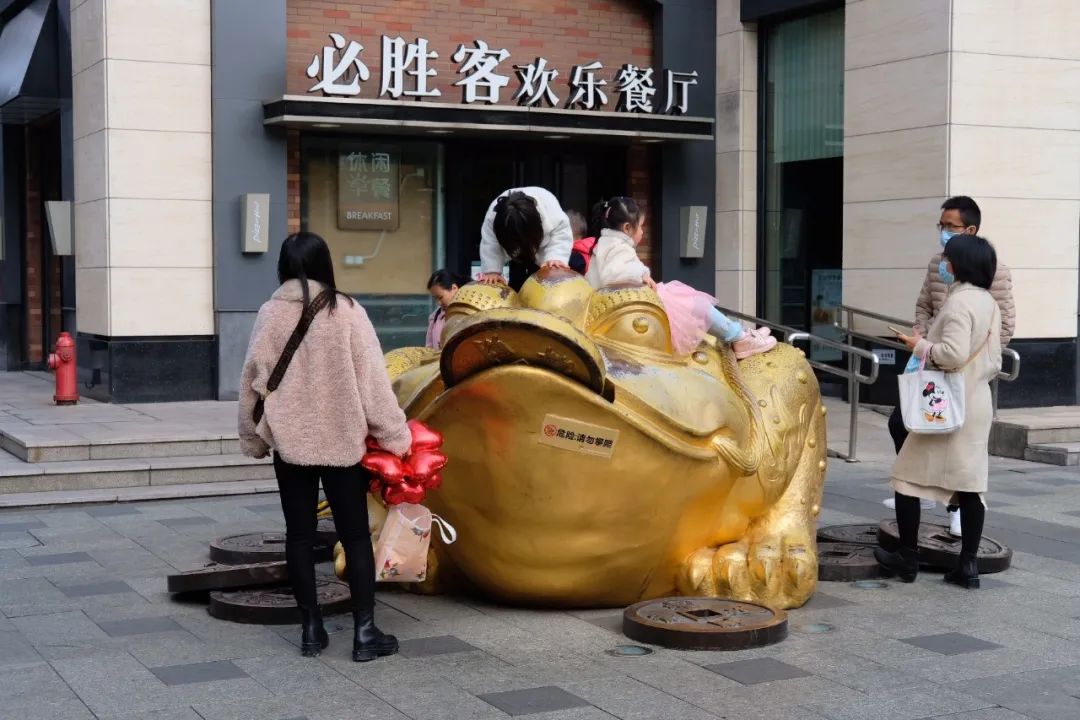
Luo Liba has written so much, let’s stop here today, let’s stop here first~
